My Grandma was an awesome baker. We’d go to visit and she’d have something delicious baking in the oven. From cakes to cookies and more, she was always baking something delicious, just like this cake. Grandma’s Buttermilk Cake is her original recipe, and it’s been perfected over the decades. Easy, moist, and with an outstanding brown sugar glaze, I know you’ll love this cake as much as I do!
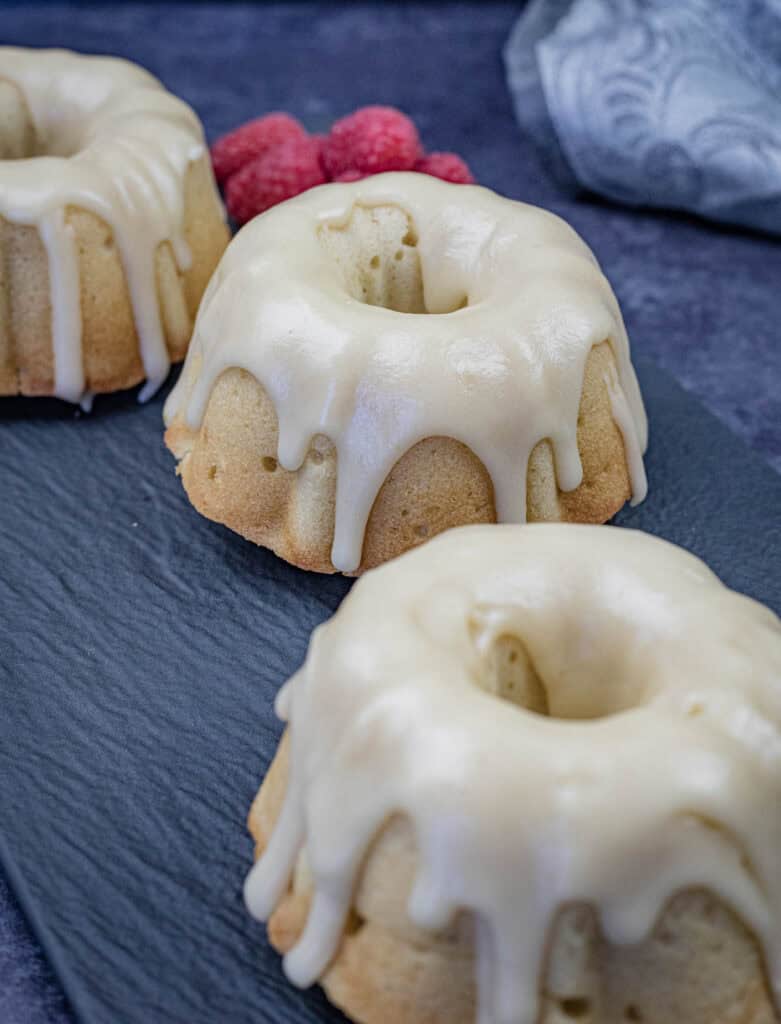
Grandma’s Buttermilk Cake is moist, and it bakes up golden brown and delicious. The buttermilk gives it a slightly tangy taste, which is well-balanced with the sugar in the cake. But it’s not overly sweet! The sweetness comes from the amazing brown sugar glaze, which is an old-fashioned glaze that’s easy, buttery, and delicious.
You can bake this cake in a large bundt pan like my Grandma did, but I love making it in smaller individual-sized cake pans. They’re just so cute! And with that brown sugar glaze on top, everyone just wants to dig in.
I’ve also made these in cast iron pans – just watch the baking time. No matter how you make them, this is an easy old-fashioned buttermilk cake recipe that’s just about perfect!
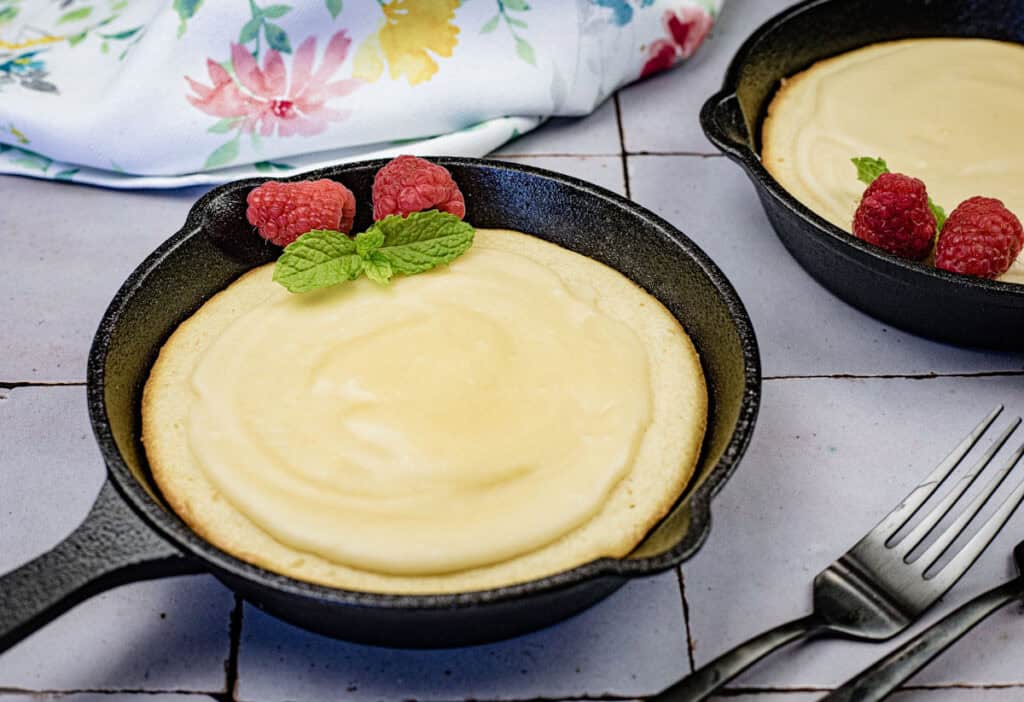
History
Grandma’s Buttermilk Cake has its roots in the frugal kitchens of the 1920s and 1930s, when home bakers relied on simple ingredients that were both affordable and accessible. Buttermilk, a common byproduct of butter-making, was often used in cakes to add moisture and a tangy flavor, while also helping the cake rise when paired with baking soda. This cake became a staple in many households due to its versatility, being served plain or topped with fruits, frostings, or even a dusting of sugar. Passed down through generations, it remains a comforting reminder of home-baked traditions.
Ingredients
- Non-stick cooking spray
- All-purpose flour
- Baking soda
- Granulated sugar
- Salted butter- Softened, divided.
- Dark brown sugar – Divided.
- Large eggs – At room temperature
- Vanilla extract
- Buttermilk – Divided.
- Powdered sugar
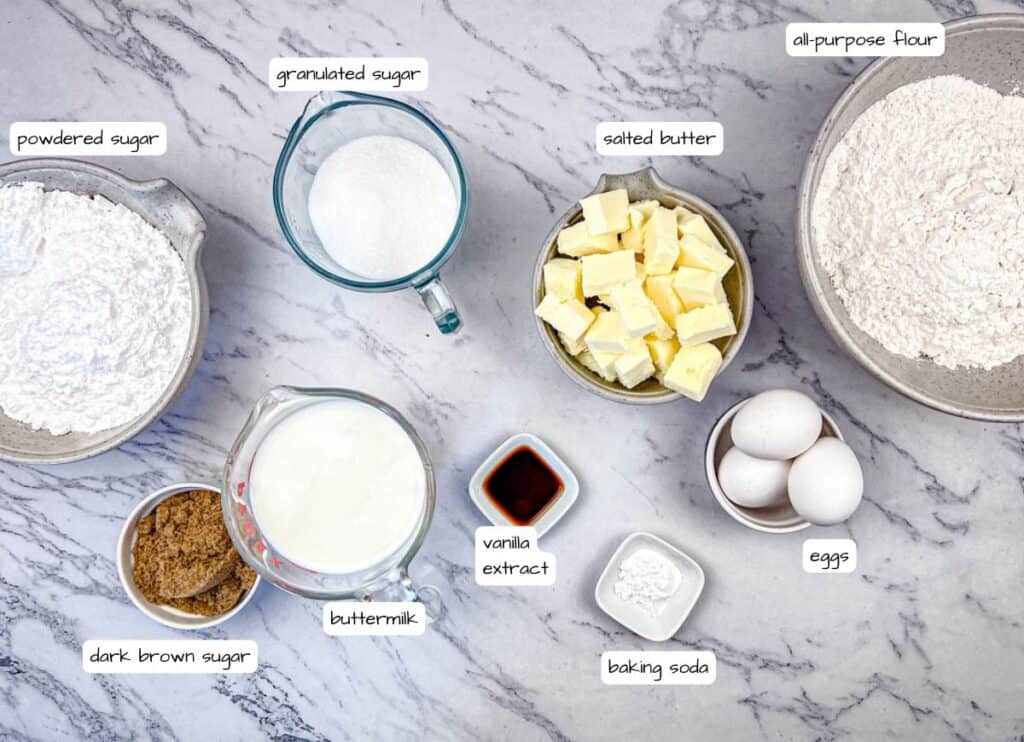
How To Make Buttermilk Cake
- Preheat your oven to 350°F. Spray eight small bundt pans or cast iron pans with cooking spray then set them aside.
- Whisk together the flour, salt, and baking soda in a medium bowl; set it aside for now.
- Beat the granulated sugar, ¾ cup of butter, and ½ cup of brown sugar in a stand mixer with a paddle attachment on medium speed until it’s light and fluffy—about 3 minutes. Don’t forget to stop and scrape down the sides of the bowl if needed.
- Add the eggs and vanilla and beat them just until they’re blended in.
- Add half the flour mixture and 1 cup of buttermilk and beat on low until combined, then add the rest of the flour and 1 cup of buttermilk and mix until combined. Scrape down the bowl as needed.
- Pour the batter into your prepared pans and tap the bottom of the pans on a solid surface to even out the batter.
- Bake for about 20-25 minutes, or until a toothpick or wooden pick inserted into the center comes out clean. Actual cooking time will vary on your pans so watch the cakes and don’t overcook them.
- Let the cakes cool slightly in the pans on a wire rack for about 10 minutes while you prepare the glaze.
- Melt the remaining 1/2 cup of butter in a medium saucepan over medium heat. Add the remaining 1/4 cup of brown sugar and 1/4 cup of buttermilk. Whisk constantly while it cooks until everything melts and starts bubbling—this will take about 2 minutes.
- Remove from the heat and whisk in the powdered sugar until the glaze is smooth and lump-free. This will only take about a minute.
- Remove the cakes from the pans, and if you are using mini bundt pans, invert the cakes so they’re pretty side up. Drizzle the warm glaze over the cakes.
- Let the cakes cool then dig in!
Step-By-Step Process
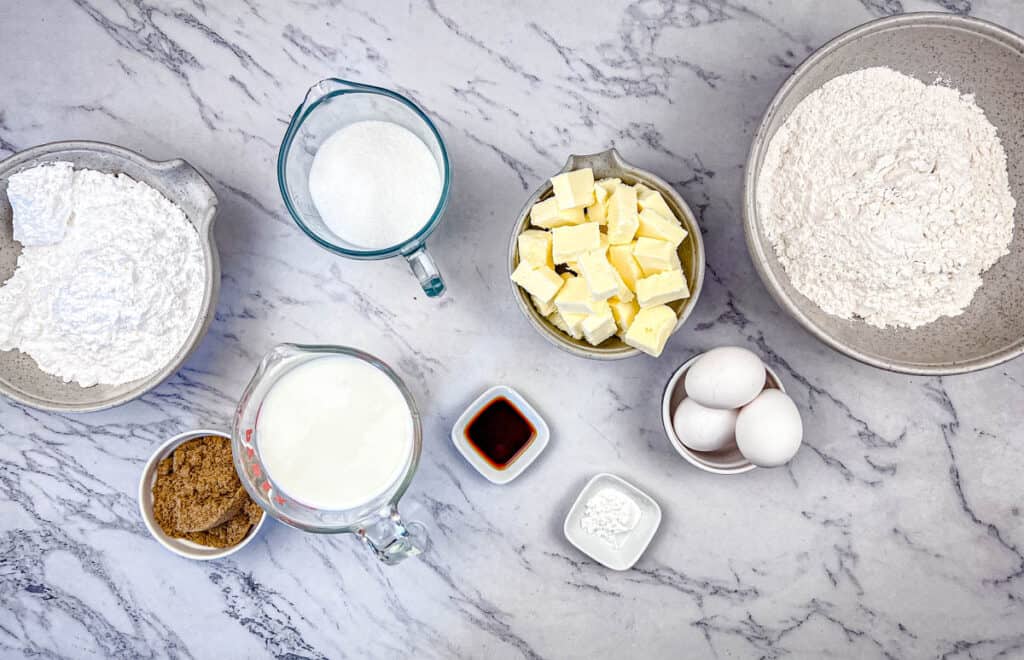
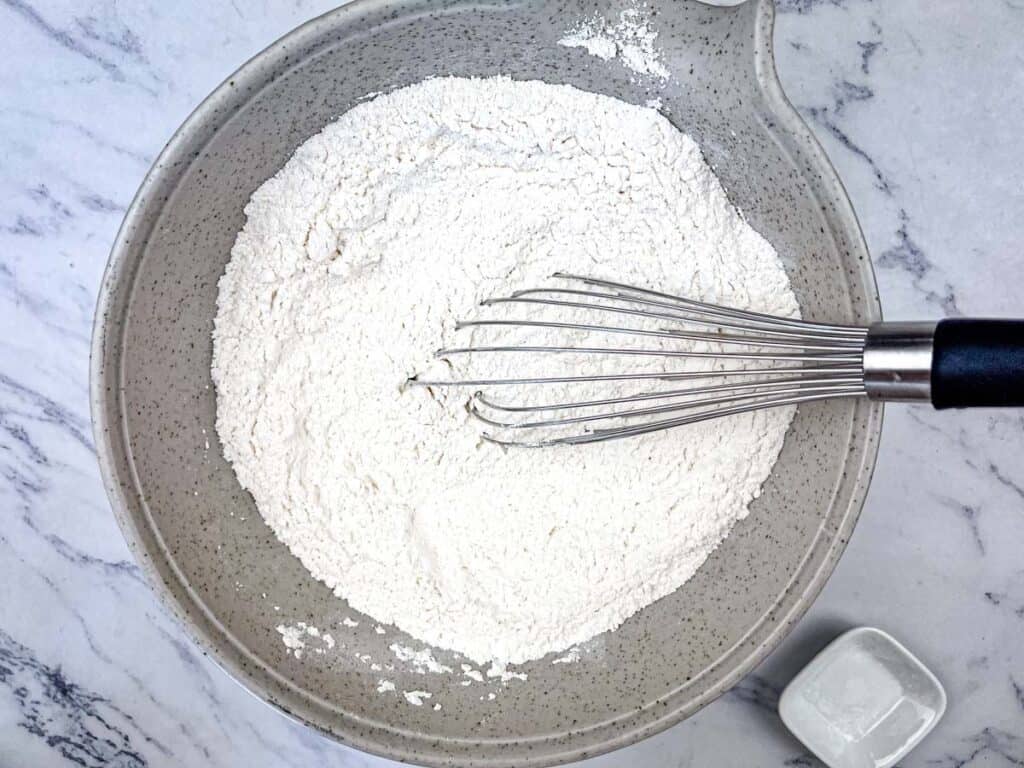
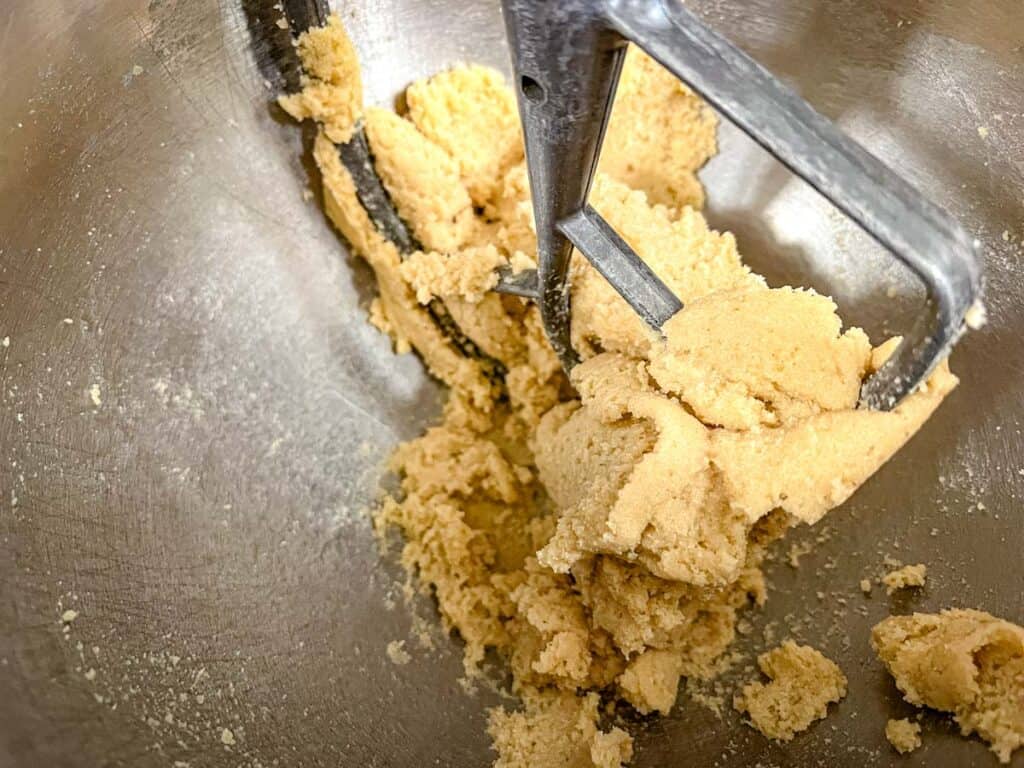
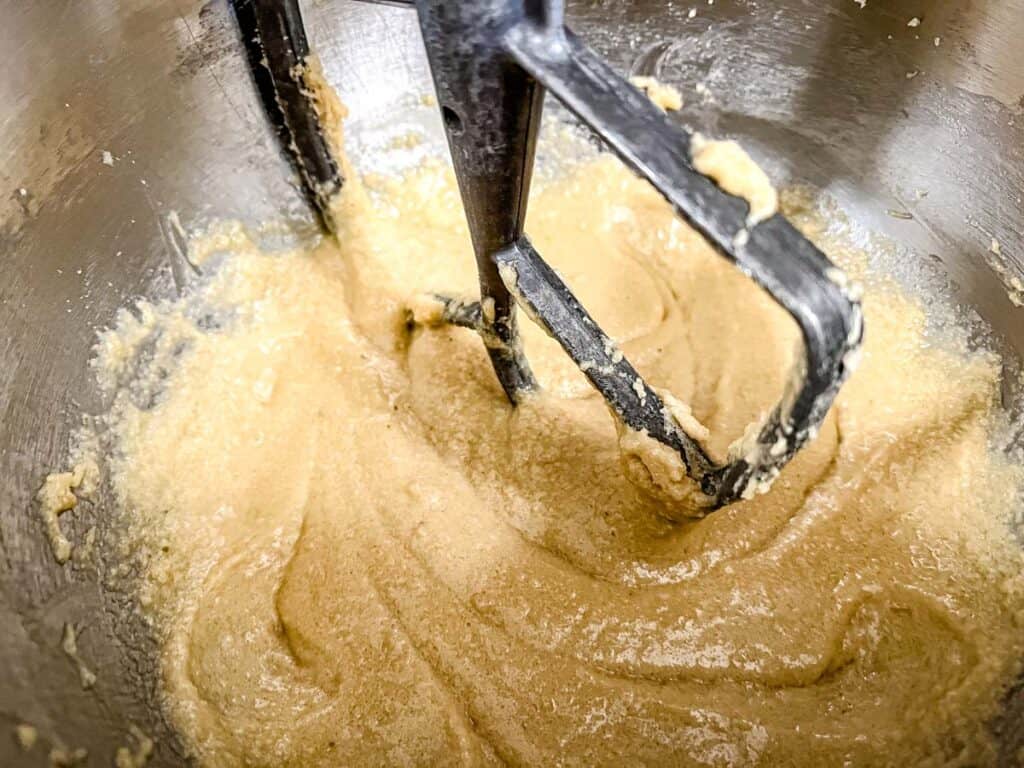
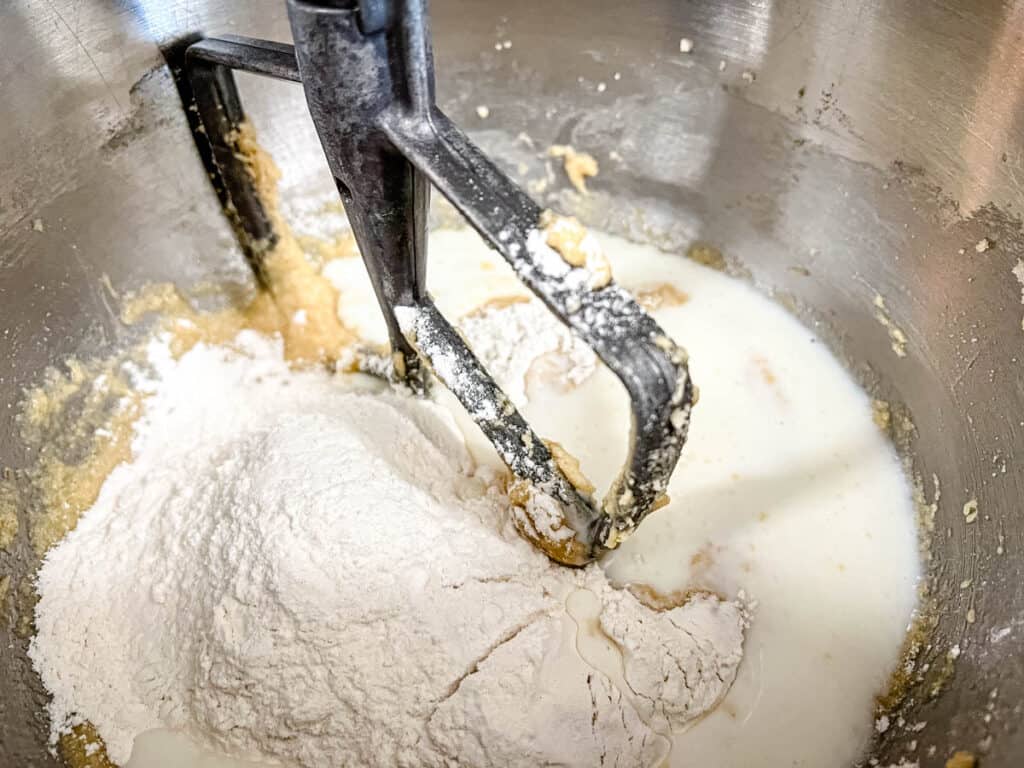
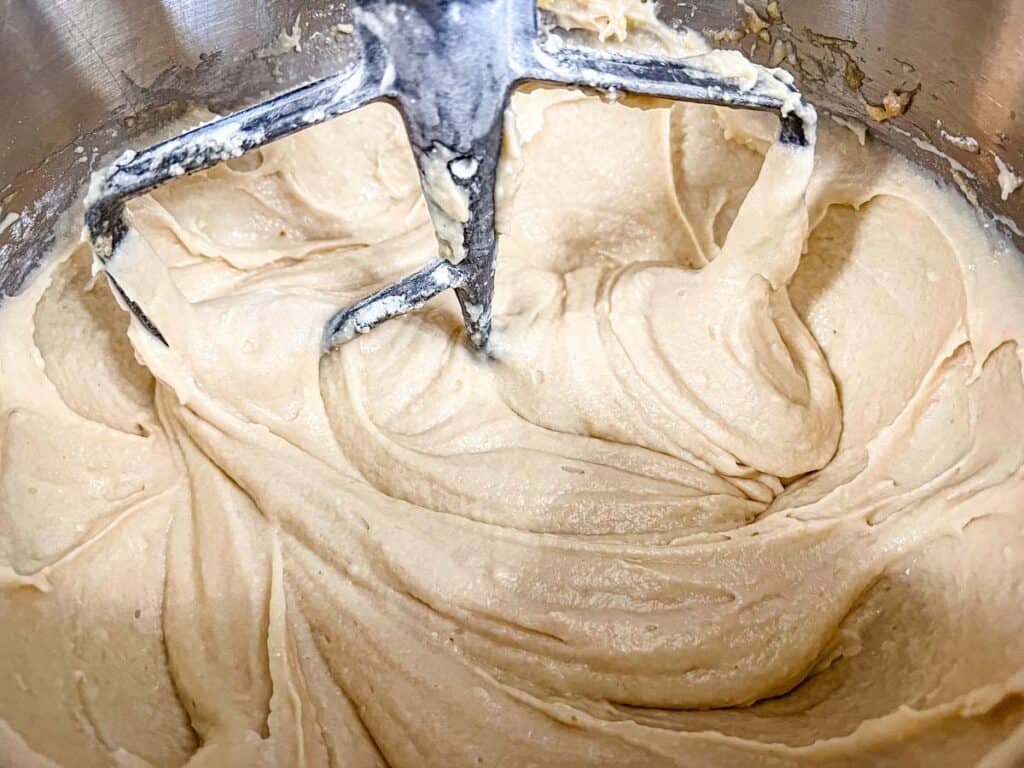
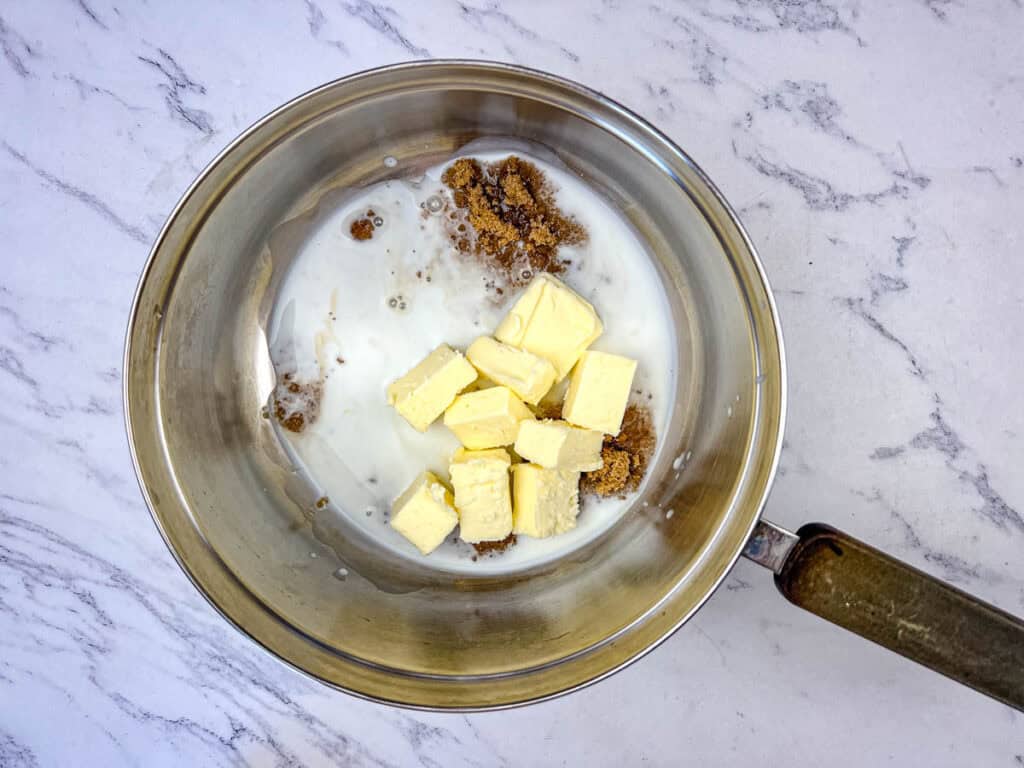
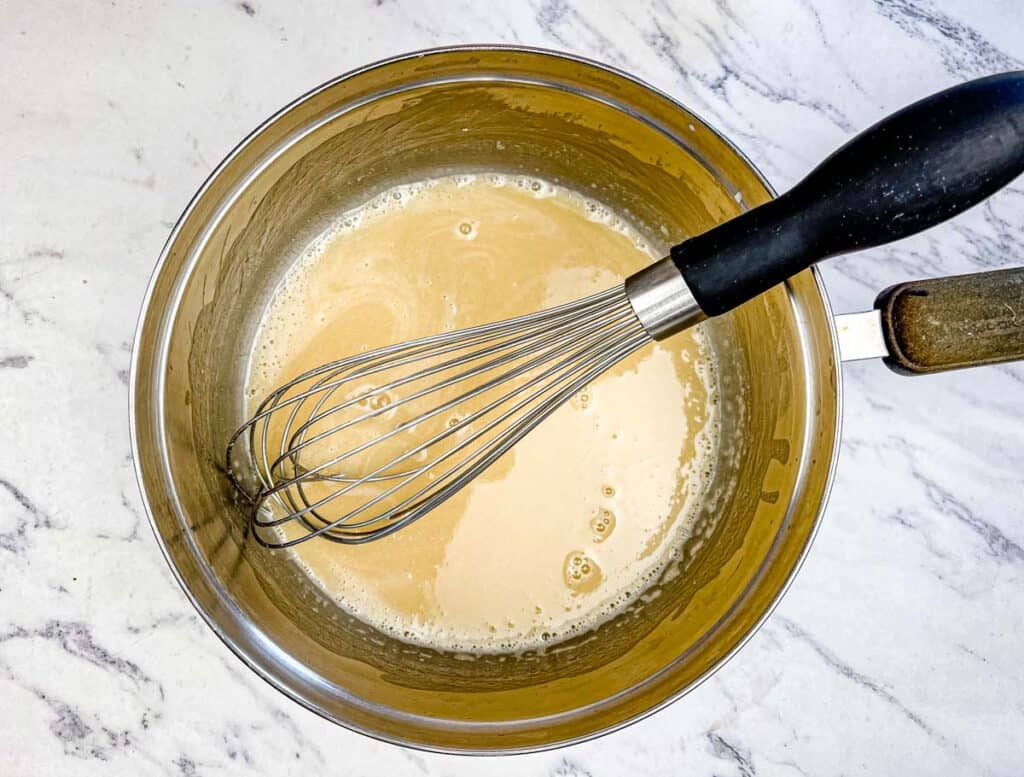

Chef Jenn’s Tips
- Make sure your eggs are at room temperature before adding them to the batter. It helps everything mix together more smoothly!
- Never overmix cake batter – only mix until combined, and stop to scrape down the sides of the bowl as needed.
- If the glaze hardens too much while you’re working with it, just warm it over low heat, stirring gently until it’s pourable again.
Serving Suggestions
This Buttermilk Cake is versatile and can be served in so many delicious ways. I like to pair it with a scoop of vanilla ice cream or some freshly whipped cream. You could also add fresh berries like strawberries or blueberries for a bright, tangy contrast. It’s perfect for casual family dinners or when you’re entertaining guests.
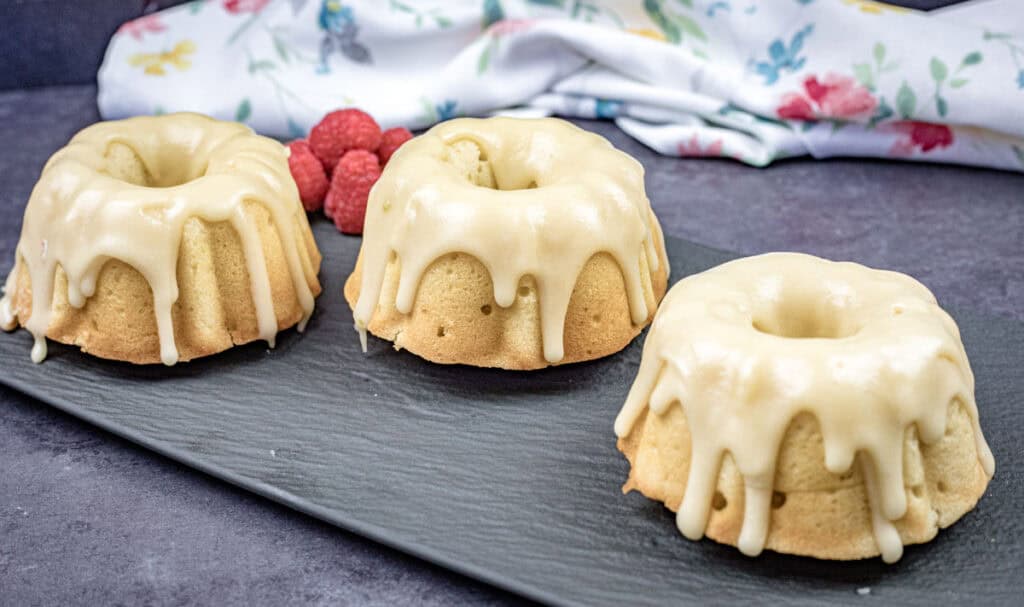
Storage
If you’ve got leftovers (though I doubt there will be any!), you can store this Buttermilk Cake in an airtight container in the fridge for up to 3 days. Want to keep it even longer? It freezes beautifully! Just wrap individual cakes in plastic wrap and pop them into a freezer-safe bag or container. When you’re ready to enjoy them again, let the cakes thaw at room temperature, or heat them up in the microwave for a warm, gooey treat.
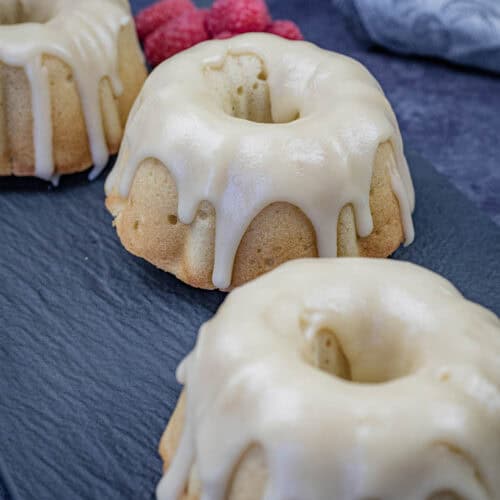
Grandma’s Buttermilk Cake
Ingredients
- non-stick cooking spray
- 3 ⅓ cups all-purpose flour
- 1 teaspoon baking soda
- 1 ¼ cups granulated sugar
- 1 ¼ cups salted butter softened; divided
- ¾ cup dark brown sugar divided
- 3 large eggs at room temperature
- 1 teaspoon vanilla extract
- 2 ¼ cups buttermilk divided
- 2 ½ cups powdered sugar
Instructions
- Preheat your oven to 350°F. Spray eight small bundt pans or cast iron pans with cooking spray then set them aside.
- Whisk together the flour, salt, and baking soda in a medium bowl; set it aside for now.
- Beat the granulated sugar, ¾ cup of butter, and ½ cup of brown sugar in a stand mixer with a paddle attachment on medium speed until it’s light and fluffy—about 3 minutes. Don’t forget to stop and scrape down the sides of the bowl if needed.
- Add the eggs and vanilla and beat them just until they’re blended in.
- Add half the flour mixture and 1 cup of buttermilk and beat on low until combined, then add the rest of the flour and 1 cup of buttermilk and mix until combined. Scrape down the bowl as needed.
- Pour the batter into your prepared pans and tap the bottom of the pans on a solid surface to even out the batter.
- Bake for about 20-25 minutes, or until a toothpick or wooden pick inserted into the center comes out clean. Actual cooking time will vary on your pans so watch the cakes and don’t overcook them.
- Let the cakes cool slightly in the pans on a wire rack for about 10 minutes while you prepare the glaze.
- Melt the remaining 1/2 cup of butter in a medium saucepan over medium heat. Add the remaining 1/4 cup of brown sugar and 1/4 cup of buttermilk. Whisk constantly while it cooks until everything melts and starts bubbling—this will take about 2 minutes.
- Remove from the heat and whisk in the powdered sugar until the glaze is smooth and lump-free. This will only take about a minute.
- Remove the cakes from the pans, and if you are using mini bundt pans, invert the cakes so they’re pretty side up. Drizzle the warm glaze over the cakes.
- Let the cakes cool then dig in!
Notes
Chef Jenn’s Tips
- Make sure your eggs are at room temperature before adding them to the batter. It helps everything mix together more smoothly!
- Never overmix cake batter – only mix until combined, and stop to scrape down the sides of the bowl as needed.
- If the glaze hardens too much while you’re working with it, just warm it over low heat, stirring gently until it’s pourable again.